The University of Chicago Press, Chicago 60637
The University of Chicago Press, Ltd., London
2010 by The University of Chicago
All rights reserved. Published 2010.
Paperback edition 2012
Printed in the United States of America
21 20 19 18 17 16 15 14 13 12 3 4 5 6 7
ISBN-13: 978-0-226-48250-7 (cloth)
ISBN-13: 978-0-226-48251-4 (paper)
ISBN-13: 978-0-226-48252-1 (e-book)
ISBN-10: 0-226-48250-2 (cloth)
ISBN-10: 0-226-48251-0 (paper)
Library of Congress Cataloging-in-Publication Data
Linfield, Susie.
The cruel radiance : photography and political violence / Susie Linfield
p. cm.
Includes bibliographical references and index.
ISBN-13: 978-0-226-48250-7 (cloth : alk. paper)
ISBN-10: 0-226-48250-2 (cloth : alk. paper)
1. Documentary photography. 2. Political violence in mass media. 3. ViolencePress coverage. 4. Photographic criticism. I. Title.
TR820.5 .L55 2010
070.4'9dc22
2010013705
 This paper meets the requirements of ANSI/NISO Z39.48-1992 (Permanence of Paper).
This paper meets the requirements of ANSI/NISO Z39.48-1992 (Permanence of Paper).
THE CRUEL RADIANCE
PHOTOGRAPHY AND POLITICAL VIOLENCE
Susie Linfield
The University of Chicago Press
Chicago and London
For Jay,
who can see in the dark;
and in memory of E. W.
Driven back and utterly shamed
Shall be those who trust in an image.
ISAIAH 42:17
Urgent.... Have possibility of taking photos....
Send film roll as fast as you can.
JSEF CYRANKIEWICZ AND STANISLAW KLODZINSKI, AUSCHWITZ PRISONERS, IN A NOTE SMUGGLED TO THE POLISH RESISTANCE, 1944
CONTENTS
FIGURES
PREFACE
The Black Book
When I was about three, my older sister discovered a new game called reading; and, unbeknownst to our parents, she promptly taught it to me. Soon she and I began trolling through my fathers library, and one day we discovered that a second row of secret books existed behind the public ones on the front of the shelves.
All sorts of booksabout sex, art, politicswere to be found on the hidden rows, and my sister and I delighted in discovering them together. (The lure of the forbidden can never be overstated.) But there was one book in this secret trove that I did not tell her about, and that I returned to many times over the years. I could not, for a long time, understand most of the text, but from the first its pictures transfixed me: they are what I remember best. I am looking at a copy of that book now. It is called The Black Book of Polish Jewry, and it was published in 1943, in New York; it details, in words and photographs, the Nazi destruction of the Polish Jews. It is a grim book to look through, though it does not tell or show the worst: for it could not, of course, document the camps.
I had never heard the word Holocaust when I first saw this book. But I knew that something I could not understand had been done to the people in those pictures; and I knew that the abject, defeated wraiths in them were Jewish, just likeyet also not just likeme. Looking at those photographs, I felt sadness, indignation, disgust, and puzzlement, but my overwhelming emotion (I can feel it now) was shame. How, I wondered, could I belong to such a wretched group? And how could I place the people in those pictures within the context of the people I knew and lovedmy family and our friendswho all seemed so energetic, so outspoken, so alive?
The Black Book of Polish Jewry was my first introduction to photographs of defeat and atrocity, which is to say to photographs of grievous history. I cannot say that this book haunted me throughout my childhood, but I cannot say that I ever forgot it, either. Still, I wasnt particularly interested in pictures like these until about a decade ago, when I found myself looking, more and more, at photographsmostly in newspapers and magazines but sometimes on the Internet or in galleries and museumsof the gruesome slaughters in Sierra Leone and Liberia, the Congo and Somalia, Rwanda and Uganda, Bosnia and Chechnya. I wondered what these photographs said, and failed to say, about the new world order that was emerging in the aftermath of the cold war; they seemed to demur from, if not negate, the triumphal rhetoric of universal peace and democracy that was becoming so popular. It seemed to me that these images, so striking and yet largely ignored, were telling me things that I urgently needed to knowand at the same time that the realities they documented could not be found only, or primarily, in the pictures themselves.
This book is my response to that paradox. It is also a response to my childhood self who was simultaneously drawn to and humiliated by the photographs of the Polish Jews. It is an attempt to understand, and to wrestle with, the photographs I have seen and the histories of which they speak.
This is a book of criticism, not theory. It seeks to claim for photography criticism the same freedom of response championed by film critics like James Agee and Pauline Kael, dance critics like Edwin Denby and Arlene Croce, theater critics like Kenneth Tynan, and music critics like Greil Marcus. It is written, in large part, against the photography criticism of Susan Sontag. This so would the kind of criticism that believed in their worth.
This book is also written, though with great reluctance, against the progressive view of history: against the belief, sustained since the Enlightenment by liberals and the left and taken up more recently by certain neoconservatives, that the arc of modern history bends toward freedom and justice. This is the tradition in which I was raised; I continue to cherish it. But I have come to believe that it is the experience of degradation, immiseration, violence, and defeat that defines the lives of millions, and that in large part defines history. Such experiences do not necessarily lead those who suffer to create a better world when they shake off their chains; on the contrary, suffering is just as likely to warp its victims and turn them, sometimes quickly, into persecutors and tyrants. That is why we cannot talkat least in meaningful or realistic waysabout building a world of democracy, justice, and human rights without first understanding the experience of their negation. The attempt to forge such an understanding is what I mean by empathy, a value I repeatedly return to; without it, the politics of human rights devolve into abstraction, romantic foolishness, and cruelty. In thinking about all this I have been influenced by a number of writers, especially Jean Amry, Hannah Arendt, and Primo Levi, each of whom wrestled, in lucid and courageous ways, with what we human beings have made of our world.
None of those thinkers wrote about, or cared much about, photography. But it is photographs, I believe, that bring us close to those experiences of suffering in ways that no other form of art or journalism can. Yet in bringing us close, photographs also illuminate the unbridgeable chasm that separates ordinary life from extraordinary experiences of political trauma; what was done in the Nazi death camps of Poland, or the ones built by the Khmer Rouge, cannot be easily absorbed into our understanding of how civilizations progress or of what human beings are. In this sense, photographs teach us about our failureour necessary failureto comprehend the human. That, too, is a paradox that haunts this book.
Throughout these chapters certain questions recur, though the photographs and historic events that inspire them are quite varied. What does it mean to look at photographs of violence and suffering? Is the refusal to do so a form of respect? Why are such photographs tarred as voyeuristic, exploitative, and pornographic? What would solidarity with the people in such photographs mean? How would we understand the world if there were no photographs, and why do some thinkers believe that an imageless world would be a better one? What does it mean to acknowledge anothers suffering, knowing full well that to embrace it is impossible? And how has the photography of political trauma and political witness responded to the radical changes in how war is made, and what it is made for, in the course of the past eight decades?
Next page
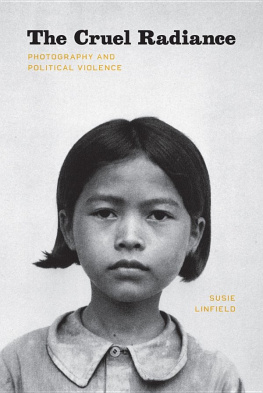
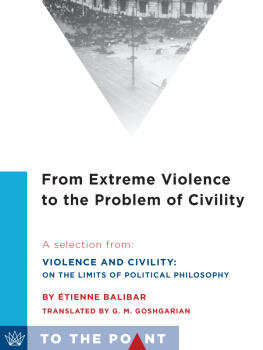
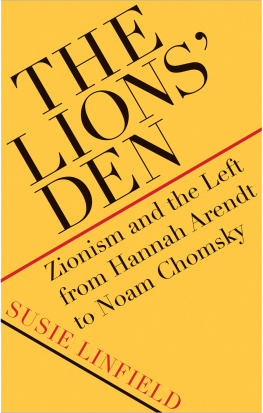
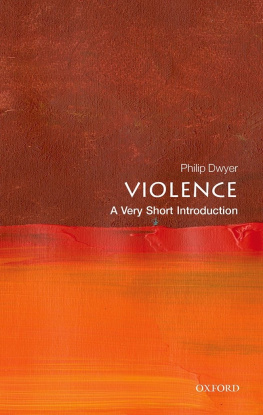
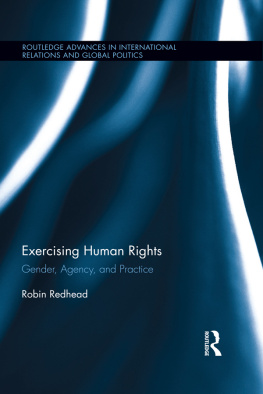
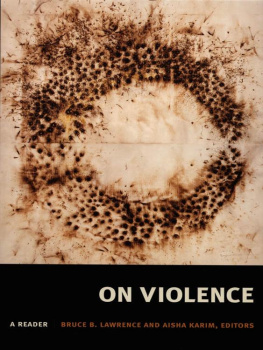


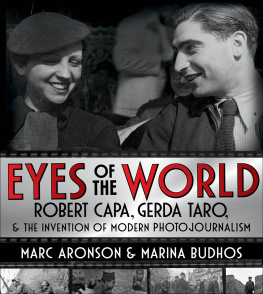
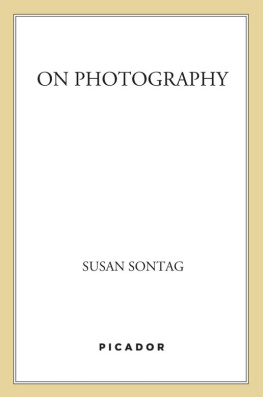
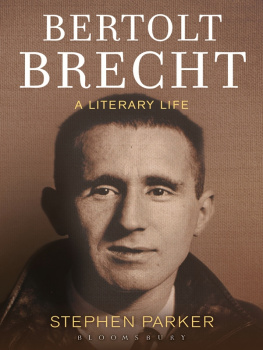
 This paper meets the requirements of ANSI/NISO Z39.48-1992 (Permanence of Paper).
This paper meets the requirements of ANSI/NISO Z39.48-1992 (Permanence of Paper).